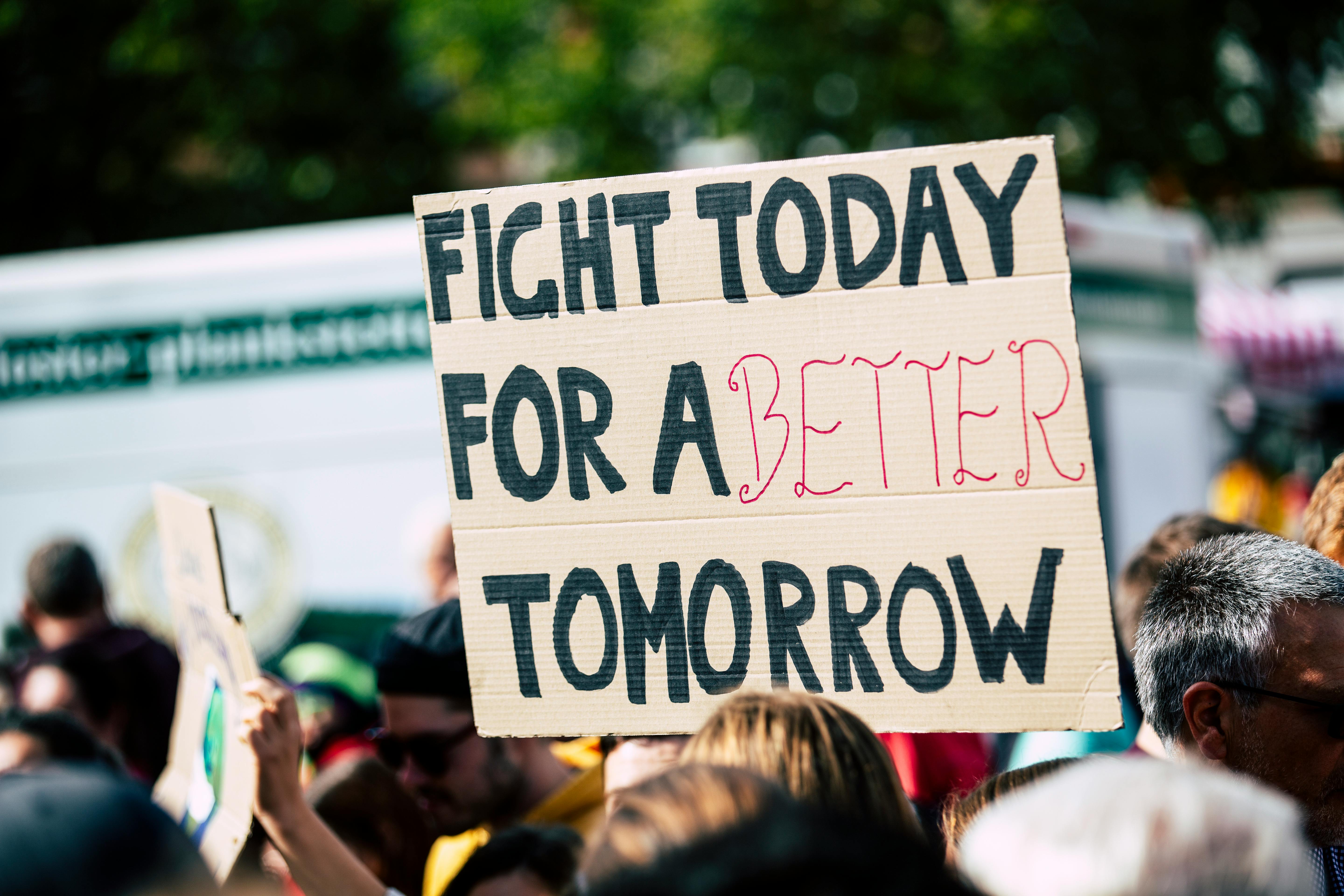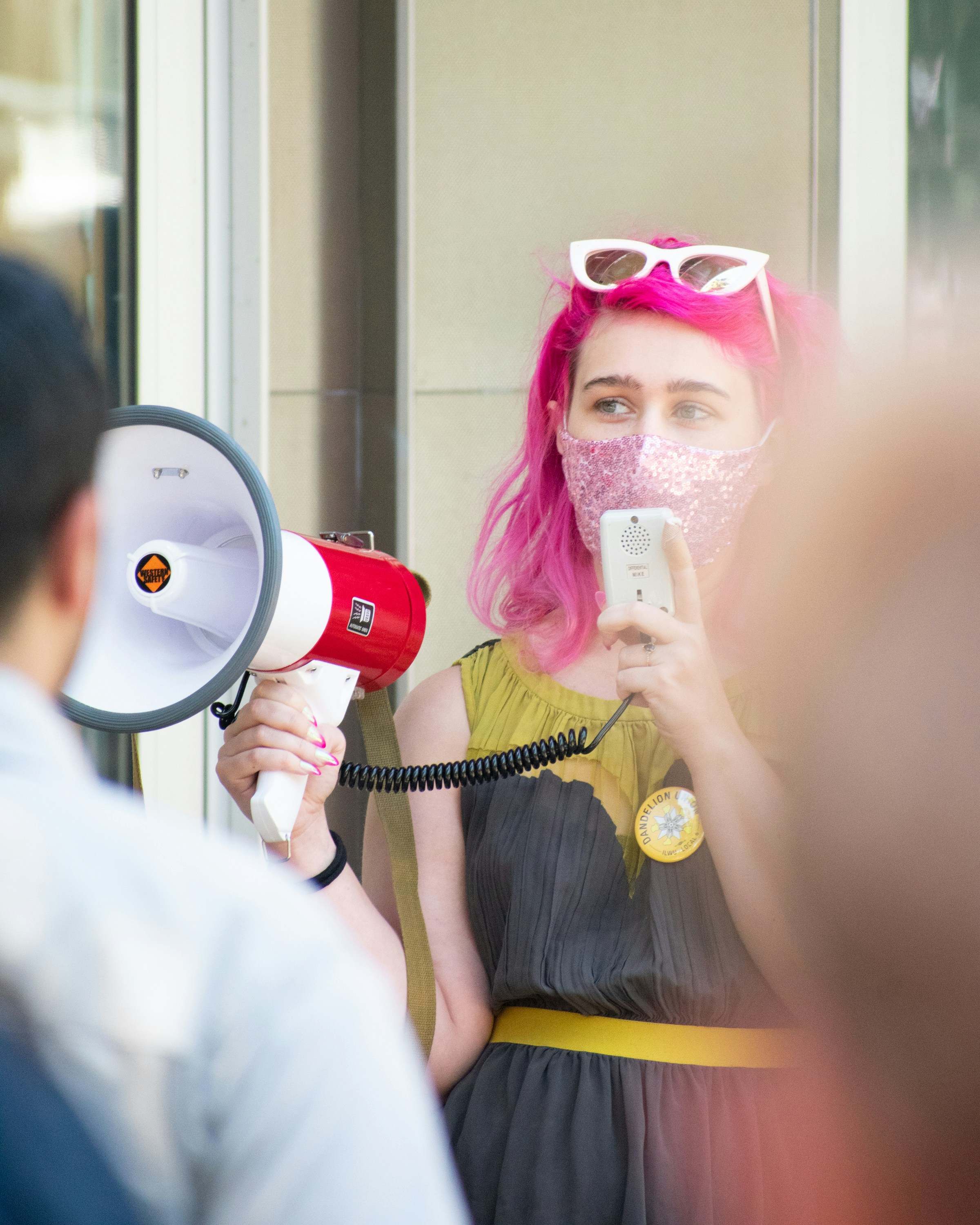In September 2022, the U.S. state government published an article on its official website on the growing unionization across the country, highlighting the case of Starbucks. The government’s unusual attention to employment relations issues in the coffee industry might have seemed slightly confusing at the time, but it was later justified by the surging labor movements in the following year, including a series of Hollywood strikes and unions winning historic contract gains against giant organizations such as Ford. Simply put, one of the key social trends in America at the moment is the revitalization of trade unions, and the coffee industry is at the center of it.
Started in 2017 and accelerated during the pandemic, baristas from independent coffee houses to big chains in the U.S. have been unionizing at a rapid speed. Taking Starbucks as an example, the number of its employees who filed for union elections has increased from near zero before September 2021 to over 10,000, and over 400 stores across the U.S. are now unionized. This led the global chain, which labor experts have described as one of the most aggressively anti-union organizations, to agree to national negotiations with its employees’ union, Starbucks Workers United, in February 2024. When this news reached the press, it was cited by most media as “a breakthrough moment” for Starbucks.
The unionization in the coffee industry is widely recognized as “ground-breaking” because of where it is taking place: the food and drink industry in the U.S.. The U.S. labor environment is known for being very unfriendly to workers. At the national level, the law only guarantees a very low minimum wage of $7.25 per hour, which is doubled in the UK, but it lacks any standards or policies regarding paid leave. Besides, social protection plans are minimal and only cover a small percentage of people like the retired and the disabled. Fundamental insurance plans, such as retirement and medical, are mostly paid by employers because of the high price. This means most individuals are in a much weaker negotiation position against their employers when there’s a conflict of interest.
Meanwhile, the situation of trade unions, which in theory should be individual workers’ major weapon to defend themselves against corporate power, is equally depressing. The U.S. union membership was only 10% in 2023 (22% in the UK), down from 35% in 1954. The decline was caused by a number of factors, including the introduction of the Taft-Hartley Act in 1947, which imposed several restrictions on union activities, and the government’s refusal to recognize the legitimacy of a strike by federal air traffic controllers in 1981. The latter event led to a dismissal of over 11,000 striking workers and the decertification of the union. In addition, some of the consequences of globalization, such as workforce outsourcing and surging migrant workers who couldn’t speak much English, made organizing employees, especially in labor-intensive industries, more challenging.
These factors contributed to a worsening labor situation in the food and drink industry. Low wages, a high number of unreported labor law violations, a less educated and international workforce, high turnover rates, and a trade union membership of only around 1% collectively left employees in the food and drink industry as one of the most vulnerable groups.

Nevertheless, change is happening. The rise of specialty coffee, a.k.a. “the third wave coffee”, not only fostered a global passion for the origin of coffee but also provided fertile ground for organized labor movements in the service industry. In 2017, baristas in the New York-based Gimme! Coffee announced their intention to form a union, followed by a few more coffee shops across the country. This new generation of baristas who stepped into the industry in the era of specialty coffee are younger, better educated, and with a stronger determination to defend their rights. They confronted the lengthy and intricate process of legally forming a union in the U.S. and remained steadfast when employers employed tactics honed by law firms specializing in dismantling trade unions over the years.
Not surprisingly, employers took the usual route and dealt with these activities coldly and swiftly. Many baristas were fired after taking part in unionization activities, and some employers, such as Mighty Good Coffee and Augie’s Coffee, adopted an even more extreme way to send their staff home forever – they shutdown their stores. The turning point came in 2021. After a few years of field battles, 2021 saw much more successful cases on the employees’ side, including Colectivo Coffee, Pavement Coffeehouse, Bloc Cafe, and most importantly, the historical unionization of the first Starbucks store in Buffalo, New York.
Starbucks’ strong opposition to trade unions partly mirrors that of Howard Schultz, one of the brand’s original founders who departed in 1985 and returned two years later to acquire it.The first Starbucks union was quickly set up in 1985, and thanks to Schultz’s continuous effort after regaining control, it eventually decertified in 1992. Schultz states in his book that he believes trade unions are unnecessary under competent (meaning his own) leadership and management. This does make sense to some extent, but given the inevitable conflict of interest between capitalists and workers, employers like Schultz should not expect to achieve complete satisfaction among the workforce.
The tension accumulated and finally ignited in 2021. Inspired by pioneering baristas from other specialty coffee shops and further affected by the pandemic, Starbucks staff started to unionize, and the trend spread like wildfire. One store’s success would serve as the motivation for many other stores to follow. Baristas went on strikes, took Starbucks to the supreme court, and, most importantly, they succeeded in uniting the community.The two-decade evolution of specialty coffee culture cultivated a generation of young enthusiasts deeply dedicated to coffee. When coffee houses became the focal points of labor movements, these individuals stood unwaveringly alongside baristas without hesitation.

For instance, students at prestigious American universities like Cornell initiated campaigns urging the school administration to terminate their contracts with Starbucks on campus.Therefore, when Starbucks workers started to unionize, the government paid close attention; and when the company took a step back and agreed to negotiate a contract, the entire society was shocked. Because this was not just an achievement of Starbucks baristas, this was the start of a new phase of employment relations. Not only were workers in the hospitality industry encouraged to unionize, those in other industries followed as well. Labor movement received a record high support in U.S. society since 1965, and we expect to see that number continue to increase.
However, just as Rome wasn’t built in a day, the long-existing problems of labor rights and social protection will not be resolved through recent years’ efforts. Challenges and obstacles that have been affecting workers’ life in the U.S. will remain, while corporations, capitalists, and the multimillion-dollar anti-union consultant industry will all try their utmost to break down the collective power of workers. That is to say, as long as the fundamental conflict that comes with the capitalist system persists, workers will need to keep fighting.
Employment relations play a critical role in the current socio-economic framework, and it is a delicate and dynamic balance. In recent decades, it appears that the development of trade unions has not been catching up with the rapidly changing world.
However, the environment for a revitalized and even evolved system of organized labor activities is now becoming increasingly accomplished and mature. Led by an army of young and well-educated workers, we cannot wait to embrace the new phase of trade unions and a new balance of employment relations, especially in the hospitality industry, where an often exploited workforce works hard to provide enjoyment and create memorable experiences for all. There is a tomorrow that we all want to see, in which high quality service is provided by happy people who live an equally high quality and happy life.









NO COMMENT